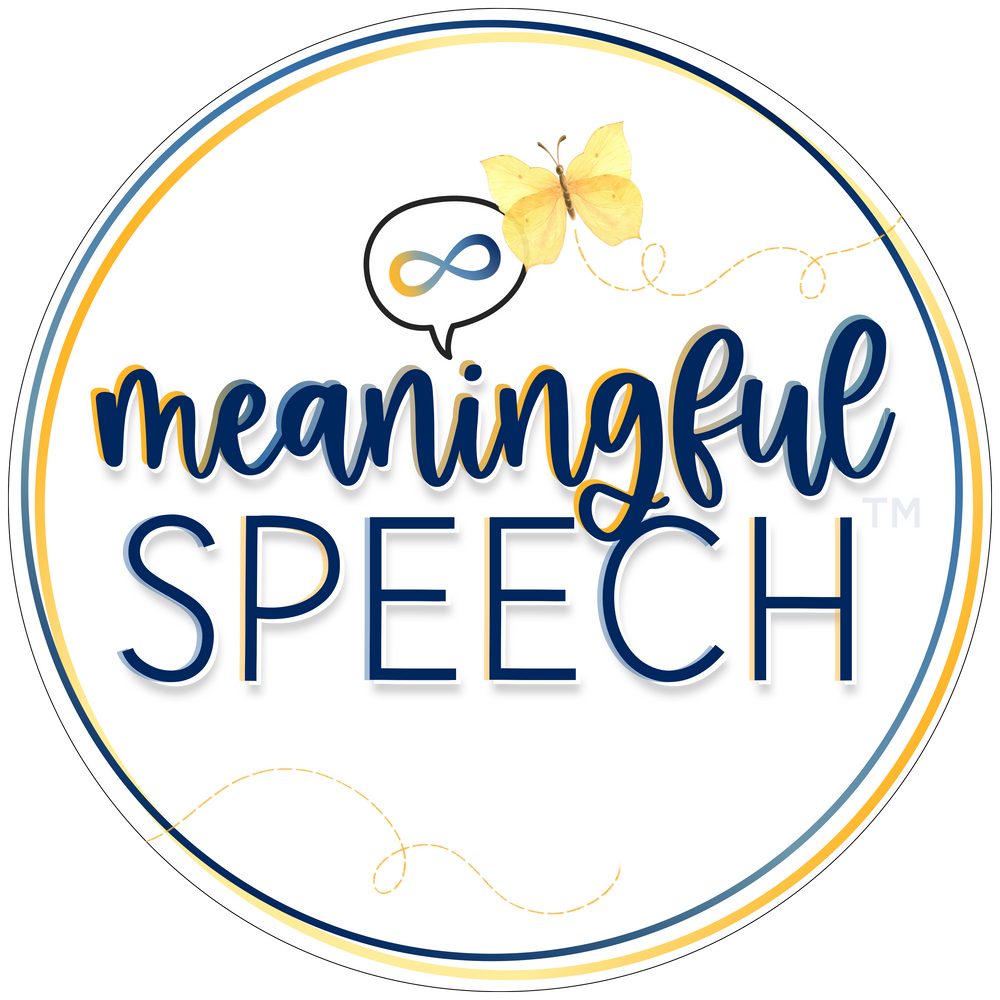Is It Ever Too Late to Support a Gestalt Language Processor?
Aug 20, 2025
One of the most common questions we hear is: “Is it ever too late to begin using the Natural Language Acquisition (NLA) Framework to support gestalt language processors (GLPs)?”
The answer is simple: it’s never too late. There is no cutoff age for using NLA. However, when supporting an older GLP, there are some things to keep in mind.
What to Know About Supporting an Older GLP
Many older gestalt language processors have spent years in therapy being treated as disordered analytic language processors. Because of this, progress may take longer and it often involves helping them “unlearn” approaches that didn’t honor their natural language development.
Here are a few things you might notice:
-
Prompt dependence: They may struggle to initiate or use spontaneous language without support.
-
Stuck gestalts: They may have collected hundreds of single words or gestalts but cannot expand on these or combine them.
-
Survival language: Phrases like “I want…” or other rote requests might dominate, taught by well-meaning parents, teachers, and therapists.
-
Limited play or hobbies: Years of compliance-based therapy may have left little space for self-directed play or authentic interests.
-
Long gestalts: Many older GLPs communicate using long scripts built up over the years.
-
Whisper scripting: You might hear scripts spoken quietly or “under their breath” which is often a sign that their gestalts were previously discouraged or shut down.
How to Support an Older Gestalt Language Processor
The most important reminder? It’s NEVER too late. Be patient and remember that progress may take longer.
1. Acknowledge All Communication
Show that you’re listening. Nod, repeat back their script, or respond with simple affirmations like “yeah” or “okay.”Even if you don’t yet understand the meaning behind their gestalts, this validation builds trust. For many older GLPs, this may be the first time their communication is truly honored.
2. Shift Your Lens
If a child, teen or adult is identified later in life as a gestalt language processor, that’s okay. Once we know better, we can do better. Start viewing their communication through a "GLP-lens" right away and support them using the NLA Framework (Blanc, 2012). Remember: there’s no age limit.
3. Embrace Child-Led Therapy
Yes, child-led therapy works beautifully with older GLPs. Follow their lead. Get curious about their interests and hobbies, and create space for free play and authentic interaction. The goal is to rebuild trust and allow spontaneous language to emerge.
Want to dive deeper into child-led therapy, gestalt language development and neurodiversity-affirming practices?
There are so many ways to keep learning and growing as a parent or professional:
- There are many free podcasts, webinars and articles to get you started. A comprehensive list of resources can also be found on our website. We now have a FREE masterclass on echolalia and child-led therapy and a Beginner's Guide to AAC & Gestalt Language Processing that are perfect for anyone starting their learning journey or on the fence about purchasing our courses!
- Meaningful Speech Course or AAC + Gestalt Language Processing Course: Deepen your understanding of gestalt language processing and learn strategies to support gestalt language development with one of our self-paced courses or webinars.
- SLP Registry: Find speech-language pathologists experienced in supporting gestalt language processors and child-led therapy.
- Free Webinars and Articles: Access free information to further your own knowledge or get free resources you can share with others.
